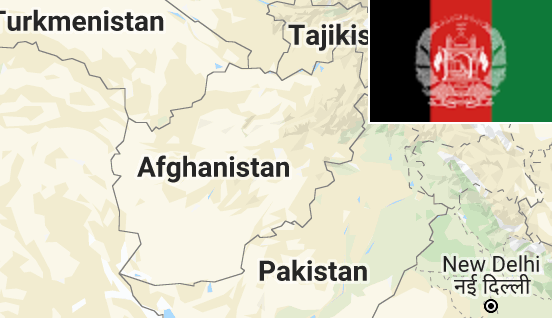Last week’s Afghan presidential election has officials scratching their heads, four days later, regarding the historical low voting turnout and fearing cases of fraud. However, the primary challenge officials encountered stems from the destruction of cell towers by the Taliban, reported The New York Times.
The country’s expanding cellular network — including 6,000 towers serving nearly 90 percent of the population — is moving Afghanistan towards modernization and growth.
Yet, last week’s tampering prevented voting officials from communicating with election workers. The violation of the networks also led to fear and intimidation for the people in the affected areas, according to the Times.
“The dysfunctional communication network created lots of problems, especially during polling day,” said Muhibullah Muhib, a police spokesman in Farah Province. “You are not aware of the situation, and you cannot be aware of incidents and the turnout.”
To forward its agenda, the Taliban used the tower dismantling strategy to augment its insurgency. According to The New York Times, there were scores of attacks on election targets on Saturday that killed police officers and wounded civilians.
In advance of the election, Taliban commanders warned telecom companies in the province of Takhar that if towers were not deactivated, they would be destroyed. “We have the Taliban letter with us: The order was given by Mawlawi Haibatullah, the Taliban leader,” said Ghafoor Talash, the head of the telecommunications and information technology department in Takhar. “The reason for the order was to violate the election.”
After receiving the threat, Talash contacted his counterparts in Kabul and was instructed to keep the towers active during Election Day. The Taliban followed through with destroying several towers, along with two other main towers in Baghlan and Kunduz provinces. In these instances, the country’s telecoms are caught in the middle, between threats to turn off towers or have their licenses revoked by the government if they bend to the intimidation.
According to Talash, some towers cost $200,000 while other, larger sites, cost as much as $1 million, so the destruction of the infrastructure is costly. On Tuesday, after days of fighting, the deactivated towers went back online, and repair teams were dispatched to fix the damage, per Talash.
October 7, 2019




Reader Interactions